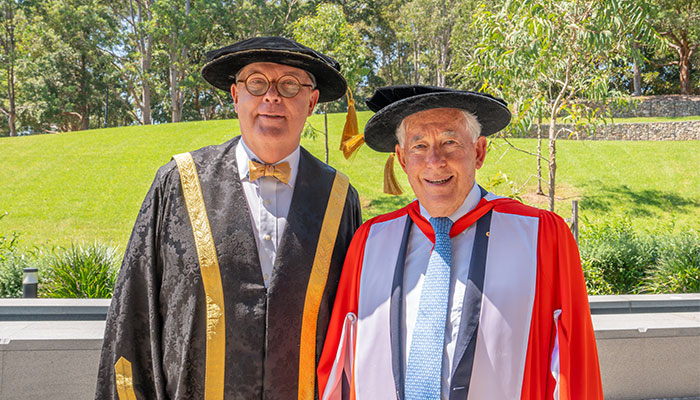- New research from Macquarie University and The University of Sydney demonstrates a novel role that cannabinoids play in nervous system communication at the neuromuscular junction (NMJ), the contact point between a motor neuron and a muscle fiber responsible for muscle contraction.
- The research found – for the first time – that cannabinoids have the potential to restore disease-impaired muscle weakness in mammals.
- Findings open-up the potential for cannabinoids in treating muscle weakness associated with long-term neuromuscular conditions.
New research – a first of its kind – published recently in the prestigious journal Scientific Reports, by Macquarie University and The University of Sydney, suggests a role for medical cannabis in treating the symptoms of some long-term neuromuscular conditions, such as myasthenia gravis (MG) and potentially other disease. Researchers have found that cannabinoids have the potential to regulate muscular response and strength in mammals.
The NMJ provides the essential link between motor nerves and skeletal muscle, and has been central to the understanding of communication throughout the nervous system.
Cannabinoids are a class of chemical compounds that act on cannabinoid receptors in cells that alter neurotransmitter release in the brain. The most well-known cannabinoid is phytocannabinoid tetrahydrocannabinol (THC), the main psychoactive compound in cannabis, but there are more than 100 known types of cannabinoids, not all of which are psychoactive in nature.
The effect of cannabinoids on the brain has been well-researched already, notes Dr Marco Morsch, lead researcher and team leader in the Department of Biomedical Sciences at Macquarie University.
“The ability for cannabinoids to regulate communication within the central nervous system has been well-documented over the last 30 years. Cannabinoids can control many physiological processes including memory formation, thought, and pain perception. However, their role in the peripheral nervous system and at the NMJ has been neglected,” says Dr Morsch.
The study, published in Scientific Reports, looked to do just this, to understand the cannabinoid effect on the NMJ. Researchers analysed the role of a specific cannabinoid, WIN 55,212 (WIN), on the mouse NMJ.
“In our study, we’ve been able to show that cannabinoids have a significant effect at the mammalian NMJ, notably cannabinoid treatment restored disease-impaired muscle weakness through a novel mechanism,” notes Dr Morsch.
Cannabinoids have already been approved for the treatment of nausea in chemotherapy patients and clinical trials are underway to test for treatment of muscle spasticity, and other muscle-debilitating symptoms of multiple sclerosis. The increasing usage of cannabinoids in a variety of medical conditions highlights the crucial need to better understand the physiological roles of cannabinoids in the periphery.
“It’s clear we need to more research to understand the role of cannabinoid in sustaining neuromuscular transmission, in order to ultimately explore the potential therapeutic potential for the individuals living with the debilitating symptoms of neuromuscular conditions,” concludes Dr Morsch.



